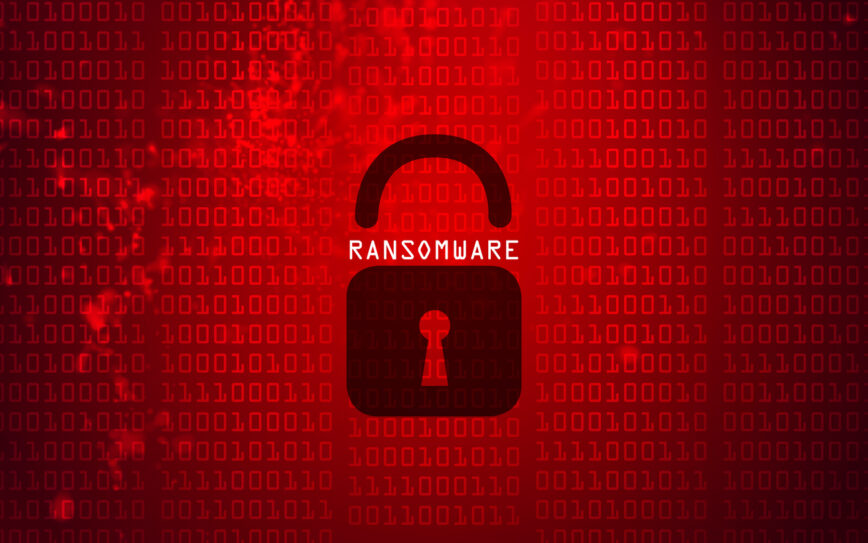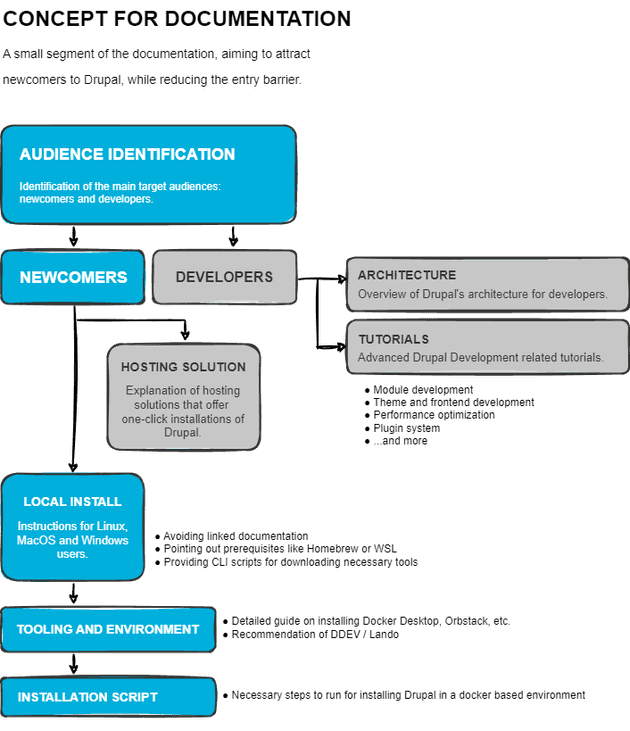Ransomware has emerged as a particularly relentless and disruptive force against organizations worldwide. The debate over whether to adopt a “no concessions” policy—refusing to pay ransoms to cybercriminals—mirrors long-standing discussions in counter-terrorism and hostage situations.
This article aims to explore the various facets of this debate, considering ethical, legal, and strategic dimensions, and evaluating the short- and long-term effectiveness of such a policy.
Table of Contents
Abstract

The “no concessions” policy, historically associated with counter-terrorism, suggests that refusing to pay ransoms can deter future kidnappings and weaken the financial capabilities of terrorist organizations.
Applying this rationale to ransomware attacks, this discussion will delve into whether refusing to pay cybercriminals can similarly discourage ransomware incidents and reduce the overall impact of cybercrime.
Ethical considerations, such as the implications of funding further criminal activity, and legal perspectives, particularly the potential for legislation similar to anti-terrorism laws, will be examined.
Furthermore, the discussion will address the effectiveness of a “no concessions” policy from both short-term and long-term viewpoints.
The Ethical Debate
The ethical considerations surrounding ransomware payments are complex and multifaceted. On one hand, paying a ransom can be seen as a pragmatic decision to quickly regain access to critical data and resume normal operations. On the other hand, it raises significant ethical concerns:
When you pay a ransom, you’re essentially financing further criminal activities. This perpetuates the cycle of cybercrime, as cybercriminals, emboldened by successful extortion, continue to target other organizations.
Moreover, paying ransoms inadvertently signals to cybercriminals that ransomware is a profitable endeavor. This can encourage more attacks, creating a vicious cycle where the success of one attack leads to more attempts.
There’s also a broader ethical question about whether paying ransoms sets a dangerous precedent. If criminals believe that organizations will always pay, they may escalate their demands or adopt more aggressive tactics.
Lastly, companies have a responsibility not only to their stakeholders but also to the broader community. By refusing to pay ransoms, organizations can contribute to a collective effort to reduce the profitability of ransomware, ultimately benefiting the wider business ecosystem.
Legal Considerations
The legal landscape surrounding ransomware payments is evolving, with significant variations across jurisdictions. In some countries, paying ransoms, particularly to entities associated with terrorism, is illegal. The U.S. Department of the Treasury has stated that while there is no outright federal law prohibiting ransomware payments, there are considerable legal and financial risks involved.
Organizations must navigate a complex web of regulations that may restrict or penalize ransomware payments. For instance, paying ransoms to entities on sanctions lists can lead to severe legal repercussions.
Cyber insurance policies often cover ransomware payments, but this can create a moral hazard. Insurers and policymakers are increasingly scrutinizing the role of insurance in perpetuating ransomware attacks.
There is growing momentum for legislation that would explicitly prohibit ransomware payments. Such laws could serve as a deterrent, but they also raise questions about enforceability and the potential unintended consequences for victims.
Organizations that refuse to pay ransoms may face lawsuits from stakeholders affected by the disruption, such as customers or partners. Balancing the legal risks of payment versus non-payment is a critical consideration.
Ransomware Policy: Strategic Perspectives

The strategic implications of a “no concessions” policy are profound and require careful consideration of both short-term and long-term outcomes.
A Short-Term Perspective
Paying a ransom can provide a quick resolution to a ransomware incident, minimizing downtime and financial losses. However, this short-term gain must be weighed against the potential long-term consequences. Even when ransoms are paid, there is no guarantee that cybercriminals will honor their promises. Data may not be fully recovered, or it may be corrupted, leaving organizations in a precarious position.
Refusing to pay a ransom can lead to prolonged operational disruptions, which can be costly and damaging to an organization’s reputation. The decision to adopt a “no concessions” policy must consider the potential impact on business continuity.
A Long-Term Perspective
A firm stance against paying ransoms can contribute to a broader deterrent effect. If cybercriminals perceive that ransomware is no longer a profitable venture, the overall incidence of attacks may decrease over time.
Adopting a “no concessions” policy underscores the importance of investing in robust cybersecurity measures. Organizations are more likely to prioritize preventive measures, such as employee training, advanced threat detection, and incident response planning.
A collective industry approach to refusing ransom payments can strengthen overall cybersecurity resilience. Sharing best practices and threat intelligence can help organizations better defend against ransomware attacks.
While refusing to pay ransoms can initially attract negative attention, over time, it can enhance an organization’s reputation as a responsible and resilient entity. Stakeholders may appreciate the commitment to ethical standards and long-term security.
Chris Denbigh-White’s Perspective
As Next DLP‘s Chief Security Officer, Chris Denbigh-White brings over 14 years of experience in cybersecurity, including roles at Deutsche Bank and the Metropolitan Police. His insights are invaluable in understanding the practical implications of a “no concessions” policy.
Chris emphasizes the importance of a multi-faceted approach to cybersecurity. He advocates for:
- Organizations to invest in advanced threat detection and prevention technologies.
- Developing and regularly updating comprehensive incident response plans.
- Clear and transparent communication with stakeholders, including employees, customers, and partners.
- Engaging with regulators and policymakers to shape effective legislation and industry standards is critical.
Top Ransomware Solutions and Resources
Advanced threat detection and prevention technologies
- CrowdStrike offers Falcon, a platform with EDR capabilities, firewall management, and real-time threat detection and remediation.
- Trellix Endpoint Security uses machine learning and behavioral analysis for advanced threat detection and proactive defense.
- Trend Micro Advanced Threat Protection includes Deep Discovery Inspector for monitoring protocols and automated root cause analysis.
- Palo Alto Networks Cortex XDR provides comprehensive endpoint security with NGAV, disk encryption, and zero-day exploit protection.
- Alert Logic offers Managed Detection and Response (MDR) with machine learning-based log review and vulnerability scanning.
Comprehensive incident response plans
- Marsh offers a comprehensive ransomware incident response plan guide covering preparation to recovery, ensuring effective incident handling.
- Cyber Management Alliance provides a free Ransomware Incident Response Playbook with detailed steps on detection, containment, and recovery.
- CISA publishes a “#StopRansomware” guide, including a response checklist and best practices for handling ransomware incidents.
- RH-ISAC offers a guide on writing an incident response plan for ransomware, highlighting operational security and recovery processes.
- CrowdStrike outlines a robust incident response plan framework covering detection, analysis, containment, and post-incident activities.
Clear and transparent communication with stakeholders
- Penta specializes in comprehensive stakeholder solutions with analytics and research for effective communication and engagement.
- This Simply Stakeholders article discusses the benefits, best practices, and management techniques for effective stakeholder communication, emphasizing the importance of building trust through regular updates and transparency.
- This Dantes Lahens resource provides 21 strategies for effective stakeholder communication, including the use of clear language, honesty, regular updates, and encouraging two-way communication to maintain trust and engagement.
- Wrike’s article highlights the role of leadership in promoting clear communication and offers practical tips on implementing communication tools and platforms for efficient stakeholder engagement.
- This article on LinkedIn explains why transparency is crucial for stakeholders, detailing methods to increase project transparency and build trust through consistent and proactive communication.
- Harvard Business Review provides guidance on managing and communicating with stakeholders for alignment and project success.
Ransomware Regulators and Policymakers
Conclusion
The decision to implement a “no concessions” policy for ransomware payments is complex and multifaceted. It requires careful consideration of ethical, legal, and strategic factors. While the short-term benefits of paying ransoms can be tempting, the long-term consequences must not be overlooked.
A collective industry approach, underpinned by robust cybersecurity measures and clear communication, can contribute to a broader deterrent effect and ultimately reduce the incidence of ransomware attacks.
As the cybersecurity landscape continues to evolve, organizations must remain vigilant and adaptable. By prioritizing preventive measures and fostering industry collaboration, the goal of reducing the profitability and prevalence of ransomware can become a reality.
By adopting a comprehensive strategy that balances immediate needs with long-term goals, companies can contribute to a safer and more secure digital environment for all.





